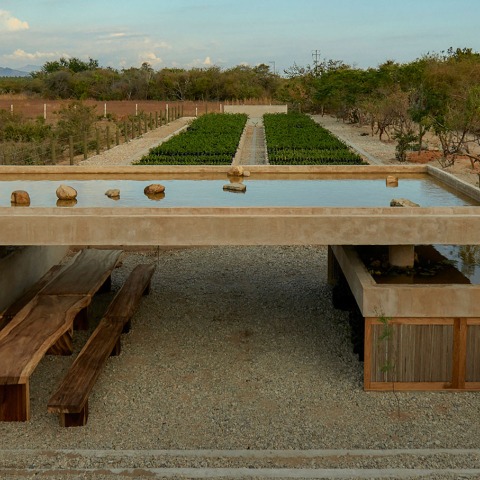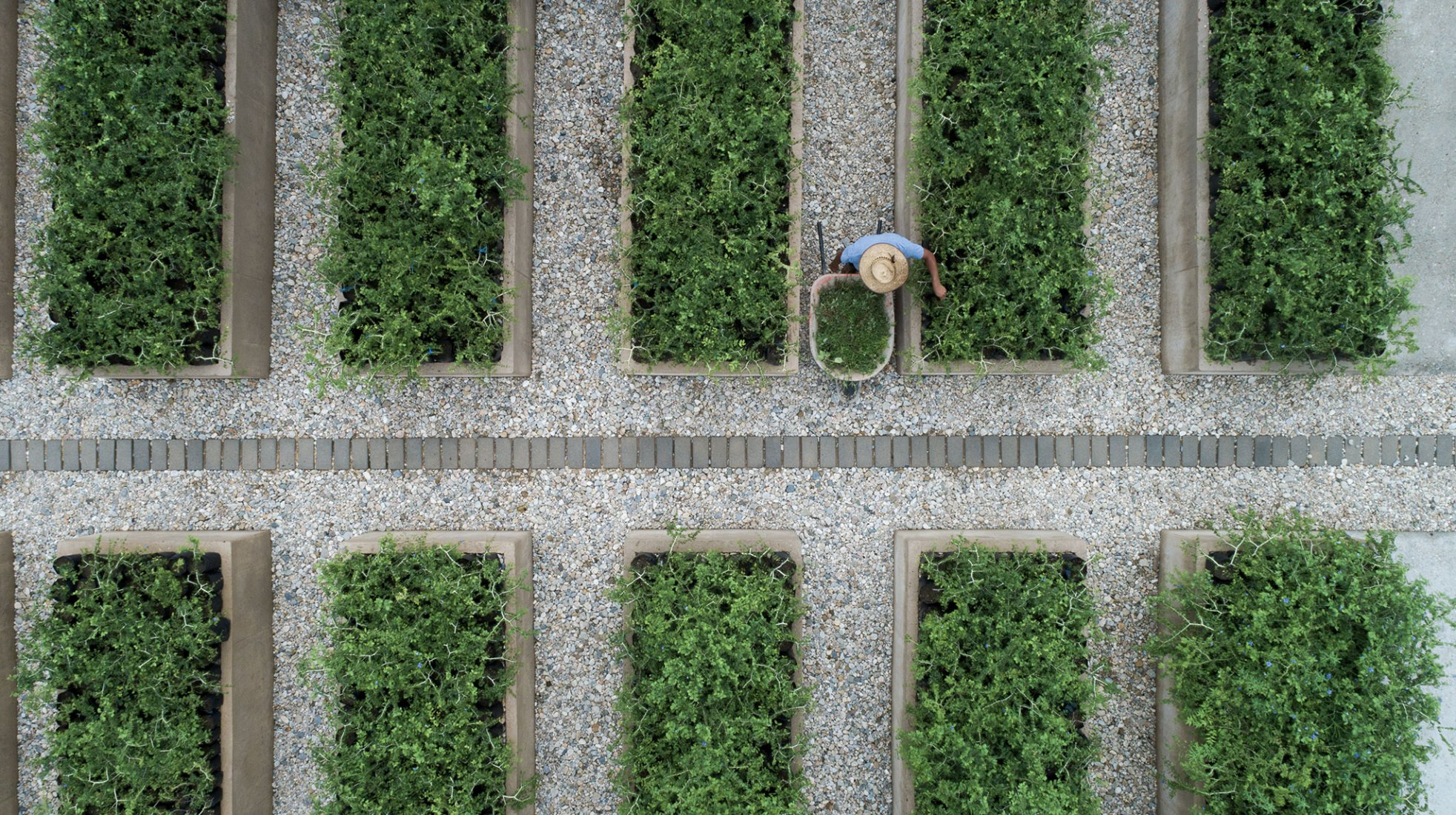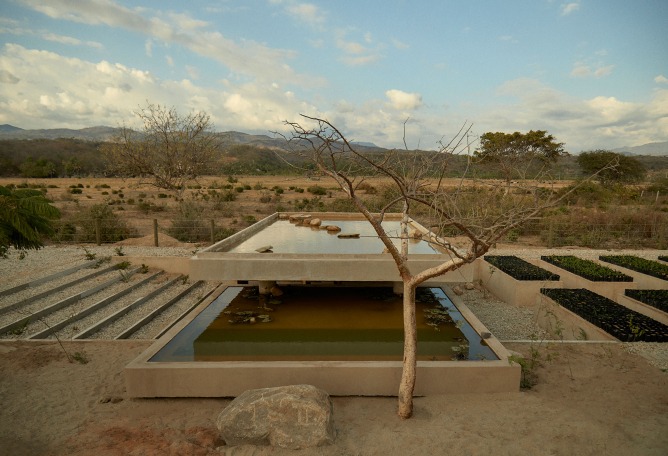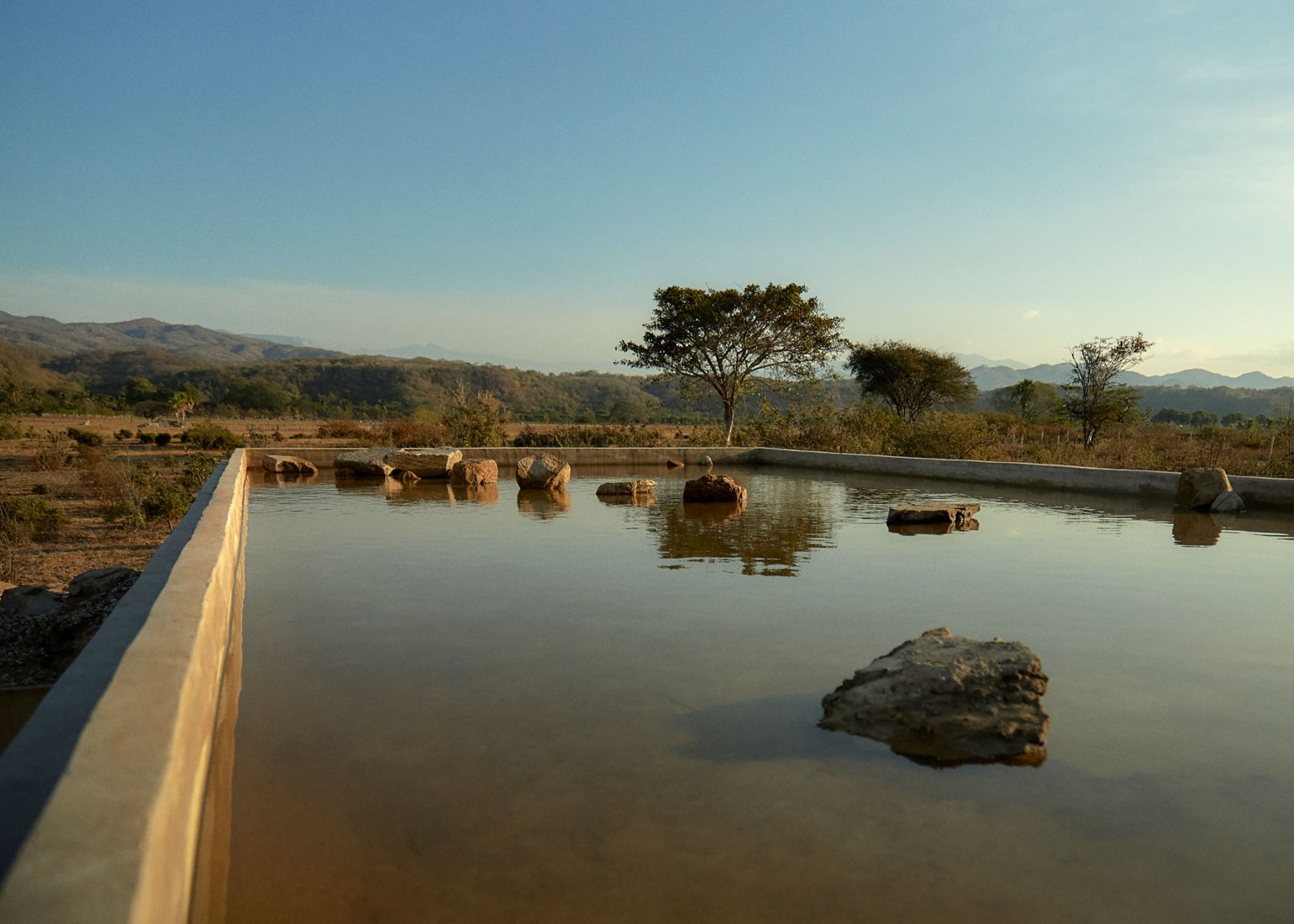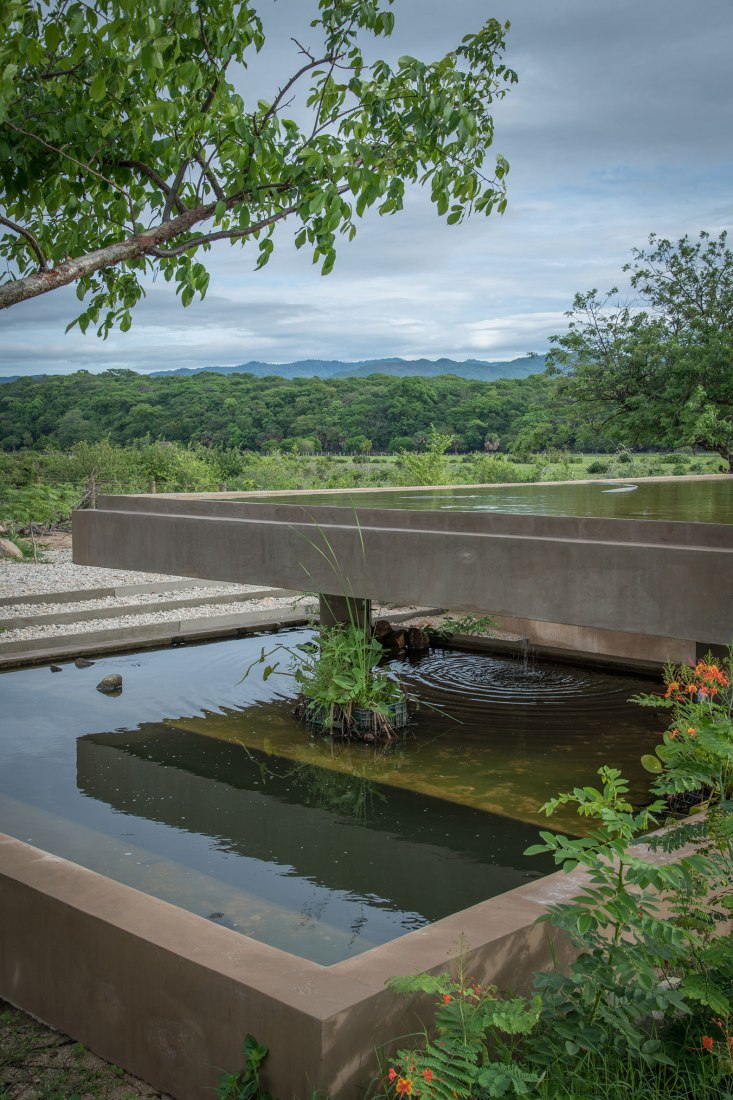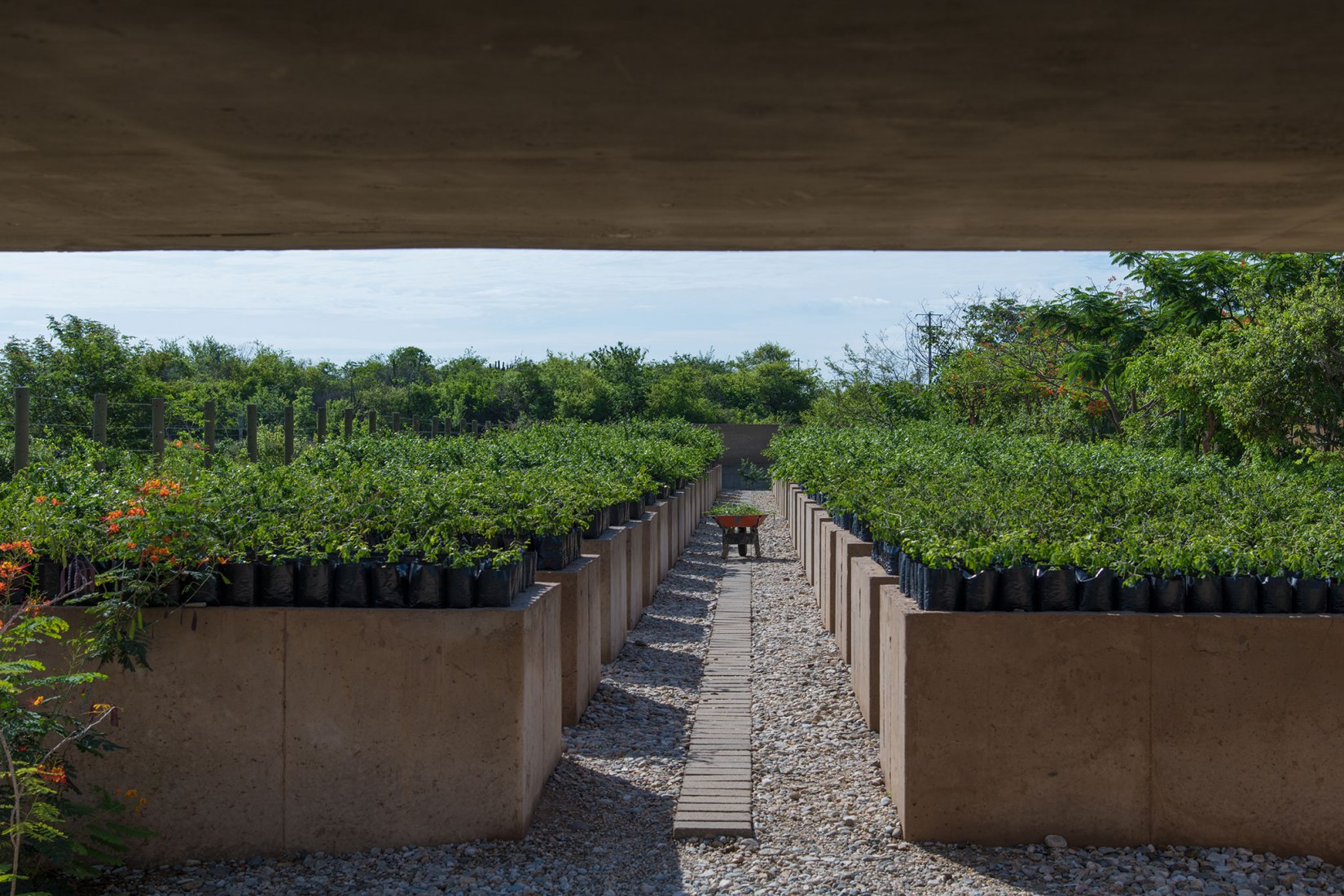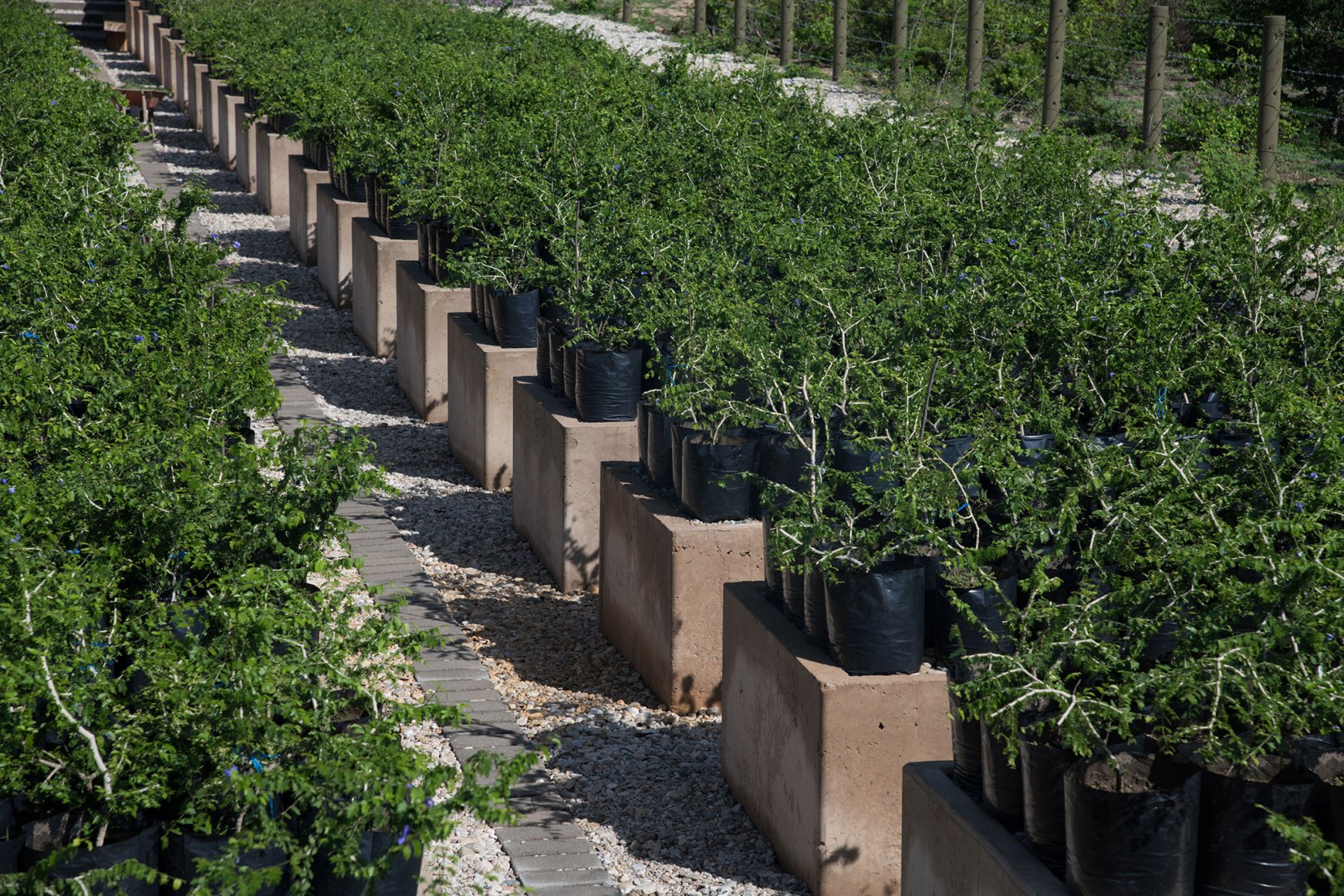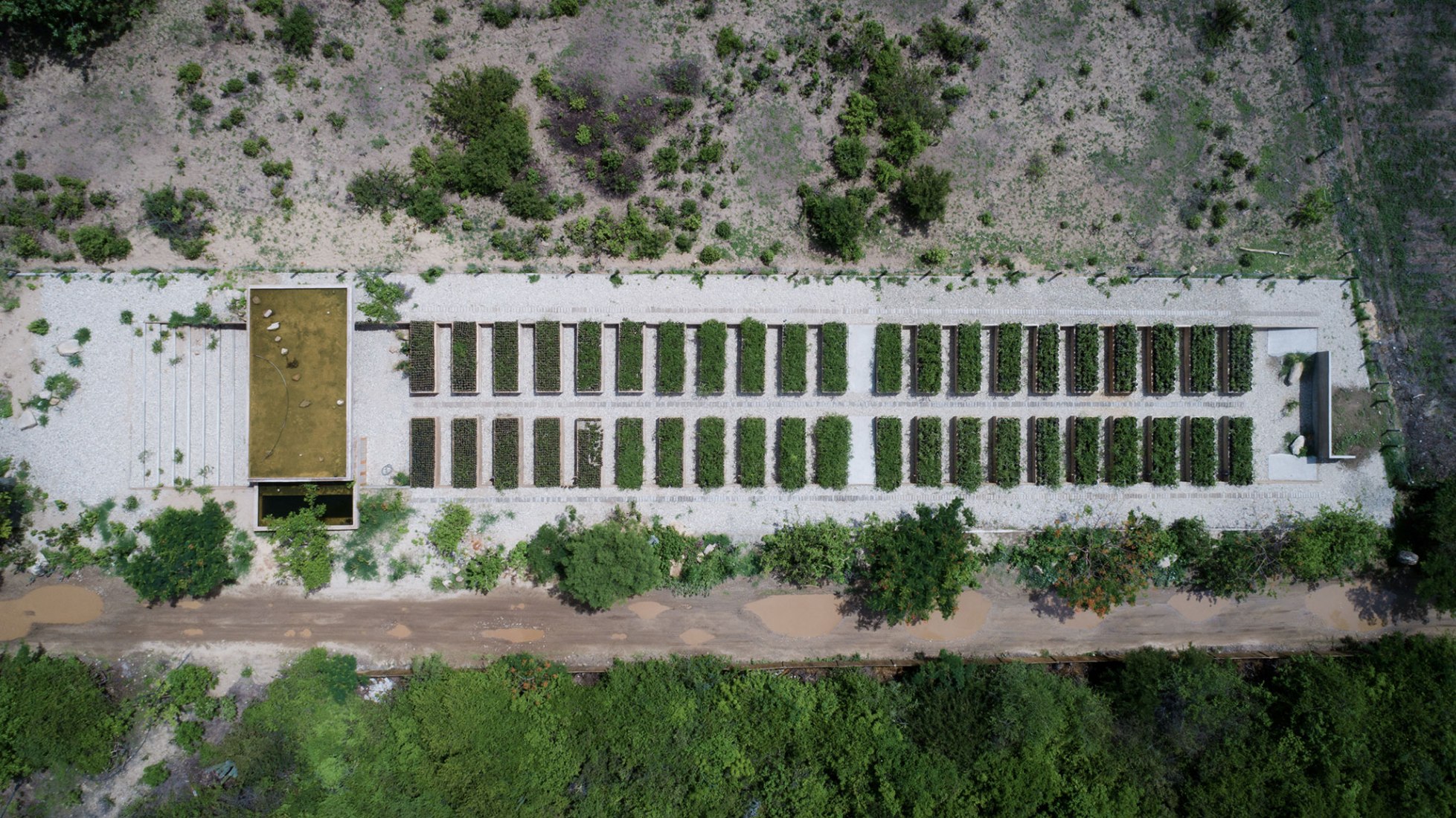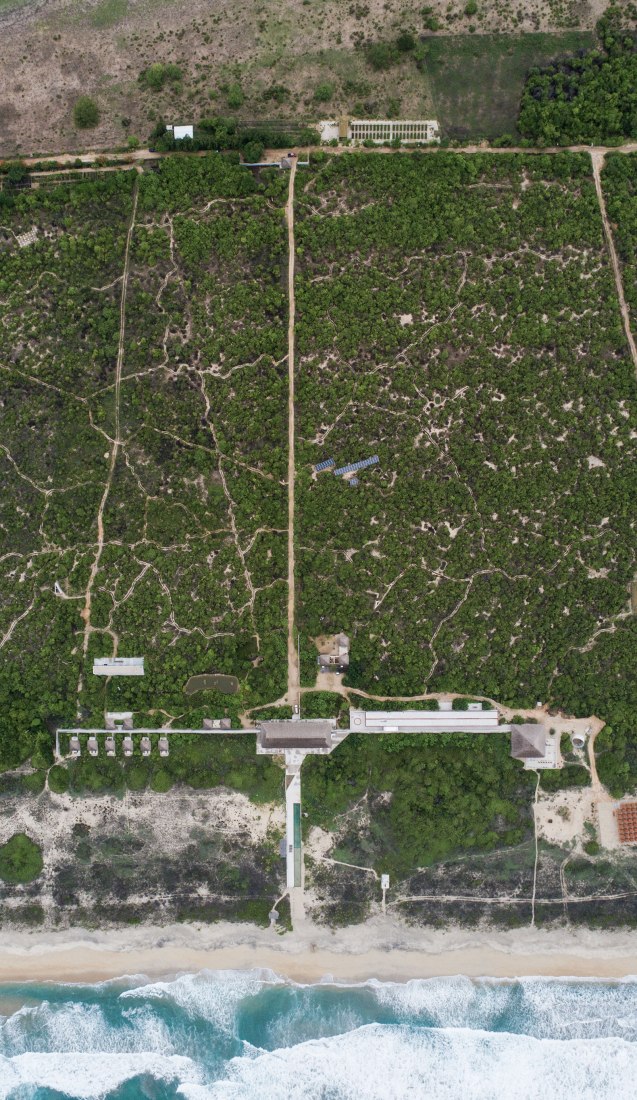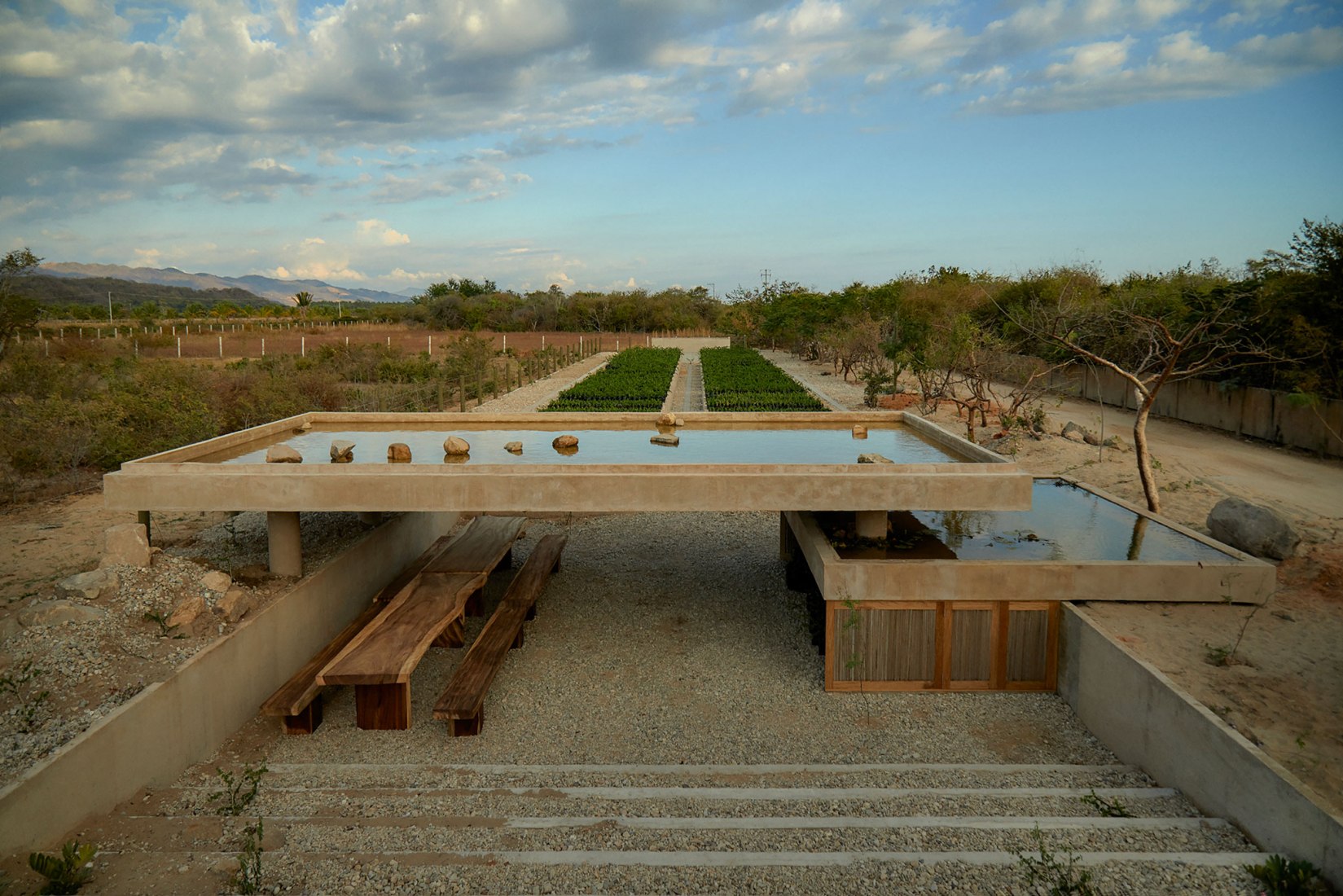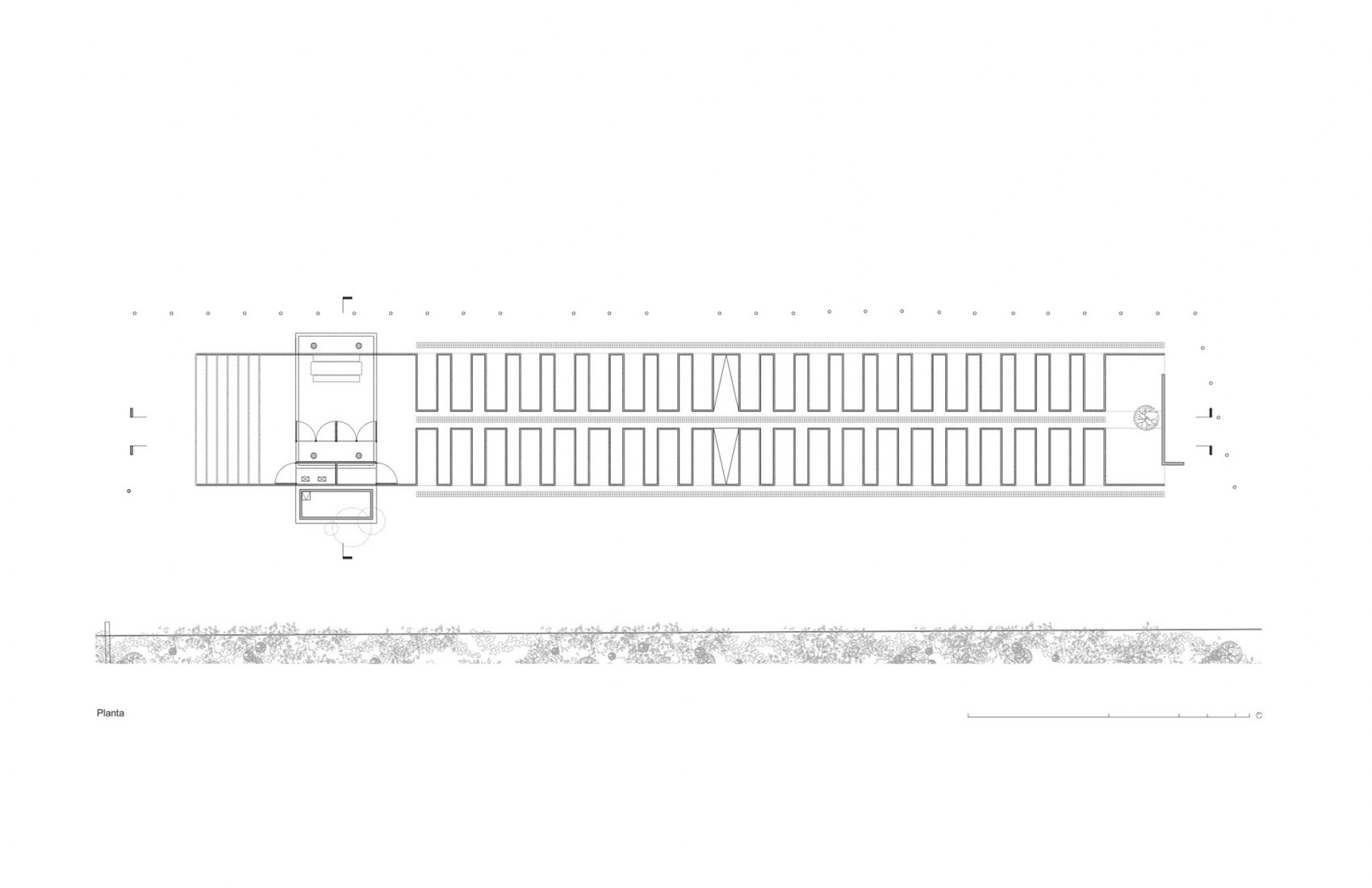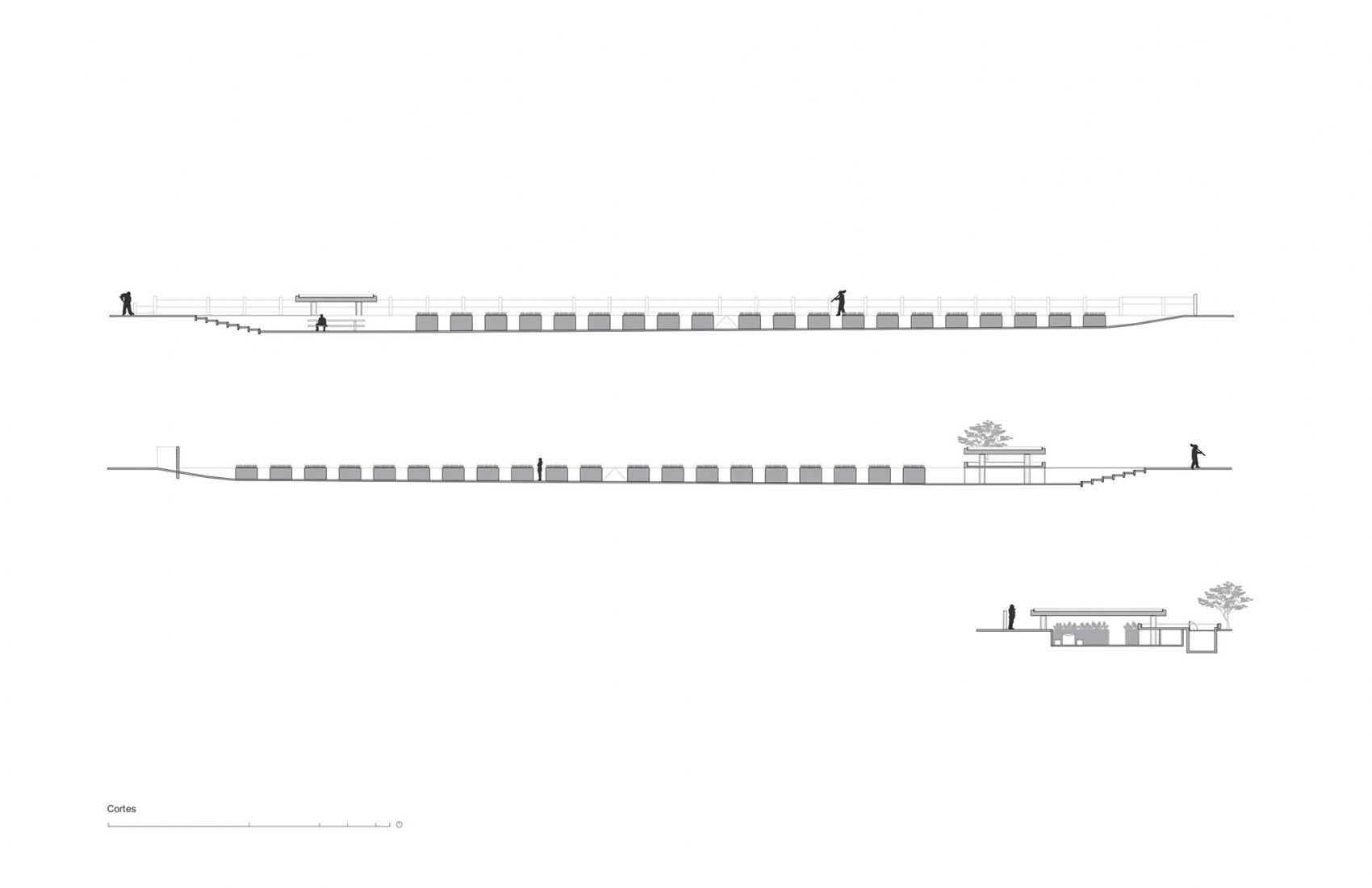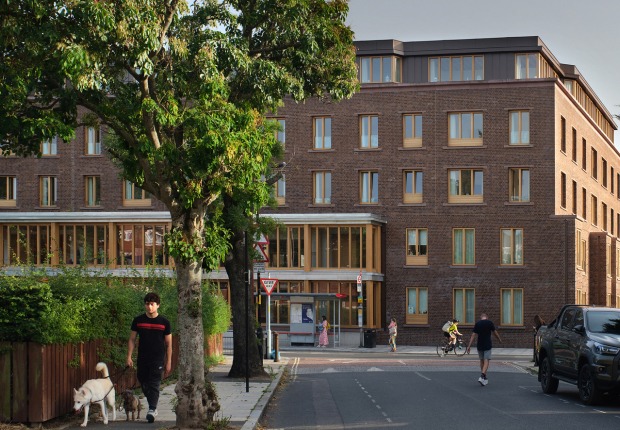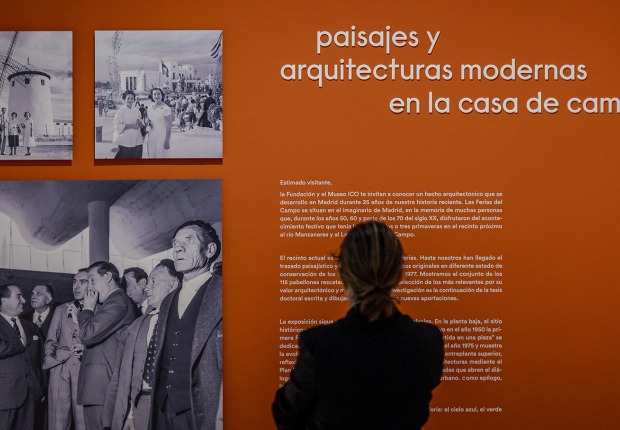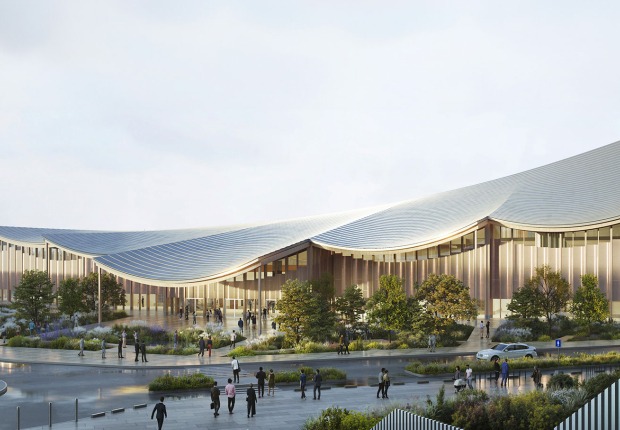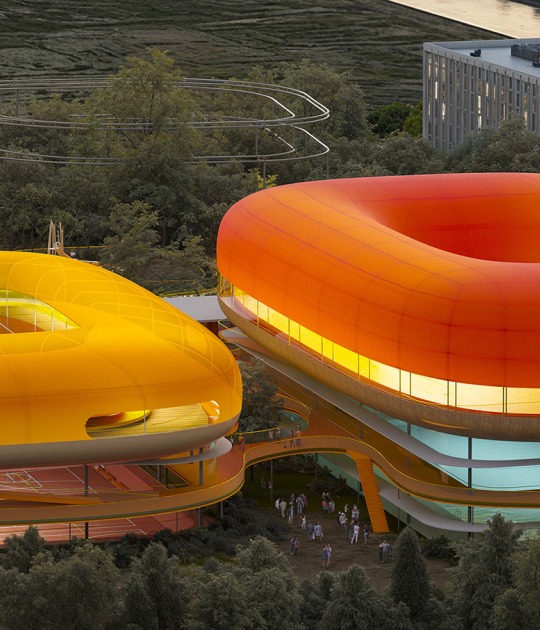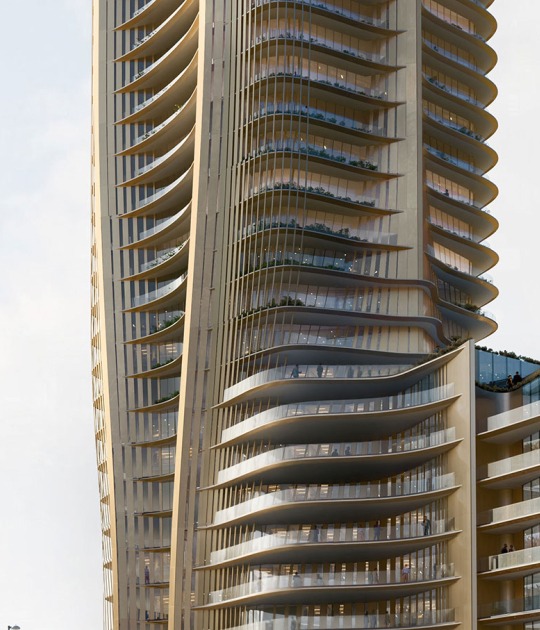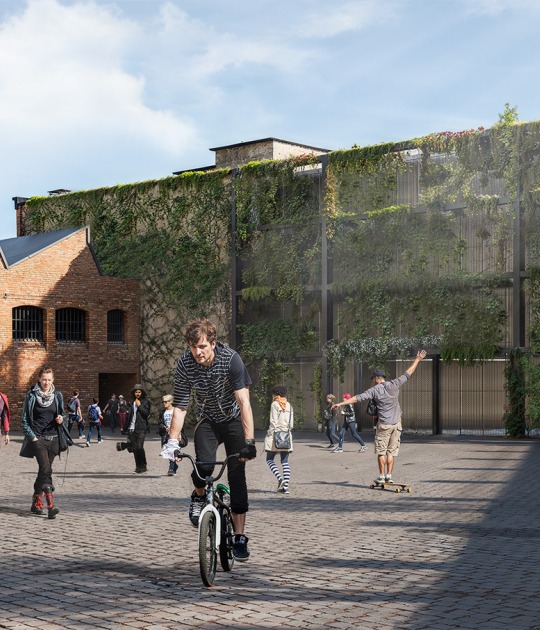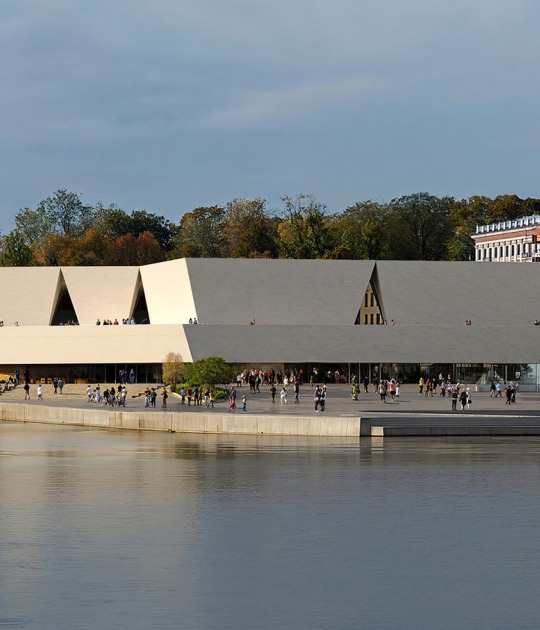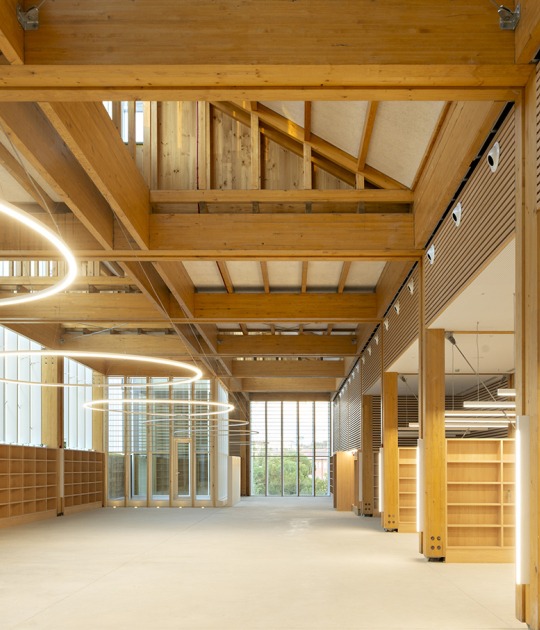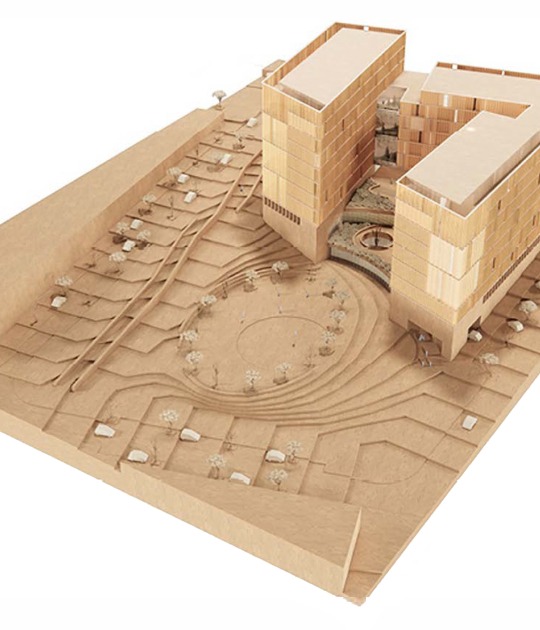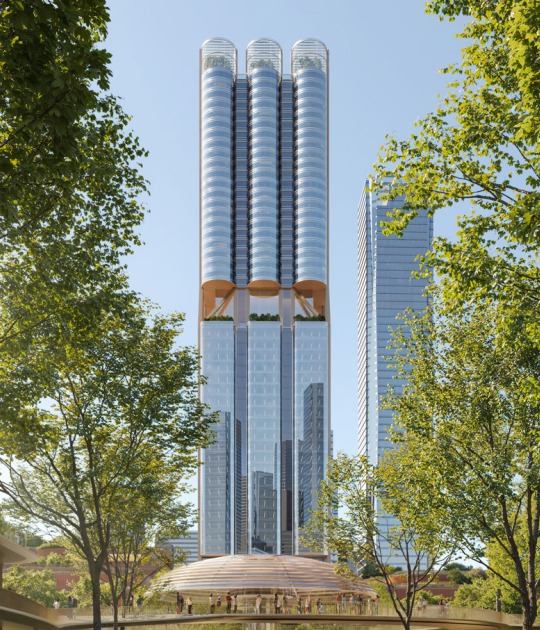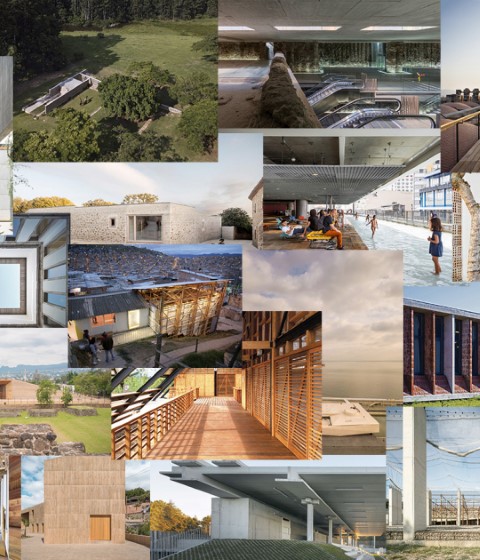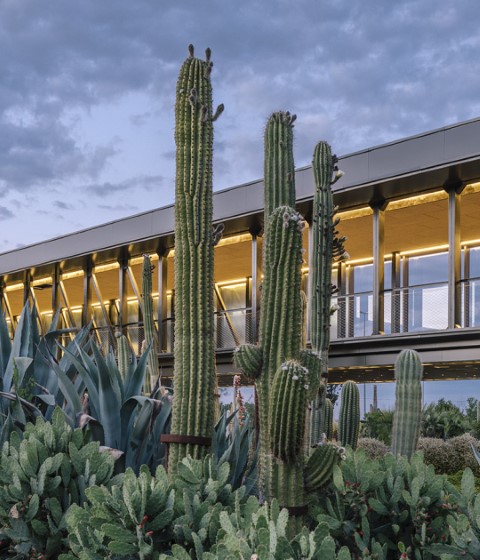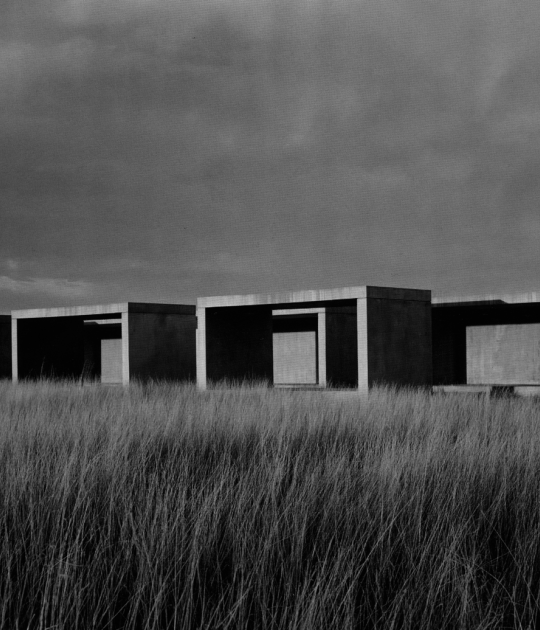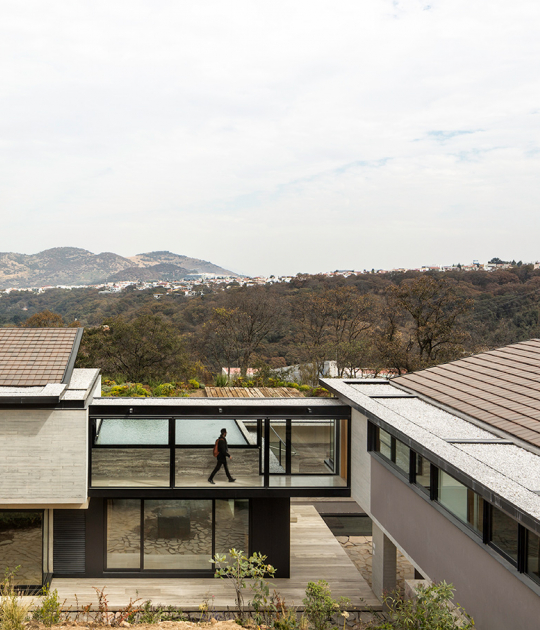Ambrosi Etchegaray conceived a nursery garden for the care and reproduction of the Guayacán. A project in which the architect’s objective is to combine all the expressions that nature offers us, inviting the user to perceive trees in a different way.
For this, they created an excavation in which they generated routes below ground level, starting with a shadow space that frames access by inviting users to subsequently access the crop area.
Project description by Damían Comas
Touch a tree at night. What did it said?. Now, place one ear on its trunk. What do you hear?. Then, the the same in the morning, during the rainy season, and in the following months, during the drought. What is the different every time? Isn’t it obvious that everything is change, that we must all travel between heat and cold, between water an thirst, between presences and voids, between life and death?
From these principles and oppositions the wabi-sari architecture of the Guayacán nursery garden was born. A work as an expression of matter and space itself, where architecture, deleted by the Ambrosi Etchegaray office, conceived a garden centre that in its transit through space and time will benefit from its deterioration or the assimilation of the landscape, nature, principle of all things; and that with the minimum expression to present and take care of the “Guaiacum Sanctum L. Zygophyllaceae”. An endemic tree, commonlyknown as “Guayacán”, included in the list of species at risk of the SEMARNAT.
In order to protect this species, Casa Wabi, through the “Unidad de Manejo Ambiental (UMA)” decided to create a nursery garden for the care and reproduction of Guayacán. A project in which, from its inception, its authors understood that the architect would be only a means for the expressions that nature offers and conceived a new nursery garden that invites the user and visitors to enter the ground and greener routes below the ground level, to relate with much closer to the trees and perceive the temperature, the humidity of the environment, the flow of the wind and the relationship between the species and the water of the subsoil.
Through an imperfect and elegant Beaty due to its austerity, the nursery garden begins with a large shadow that functions as the access threshold and, in turn, creates a living space for workers and visitors; where the sun, water and wind become evident snd invite us to observe the Guayacán nearby, to know or recognize it, in an environment that expresses depth, emotions, intelligence and mysticism. For later, walk towards the crops of the trees that happen in a sequence of work tables and that were formed as a result of the excavation of the land. Through this unevenness, where ethics goes from caring for the environment to respecting those who work it, people in charge of plants significantly reduce physical effort, during the cleaning and care of new trees, by having work tables and not being forced to work on the ground.
The Guayacán nursery garden is undoubtedly a work of contemporary architecture, which is committed to an esthetic, the enviromnment, the pass of time and care of our land.
